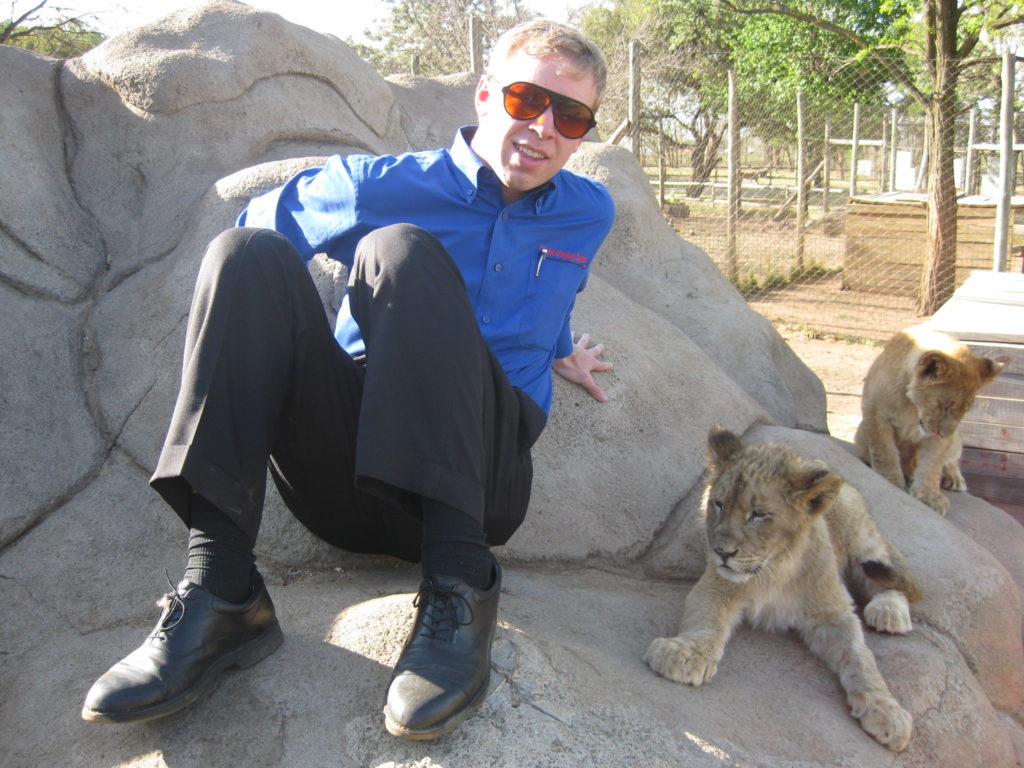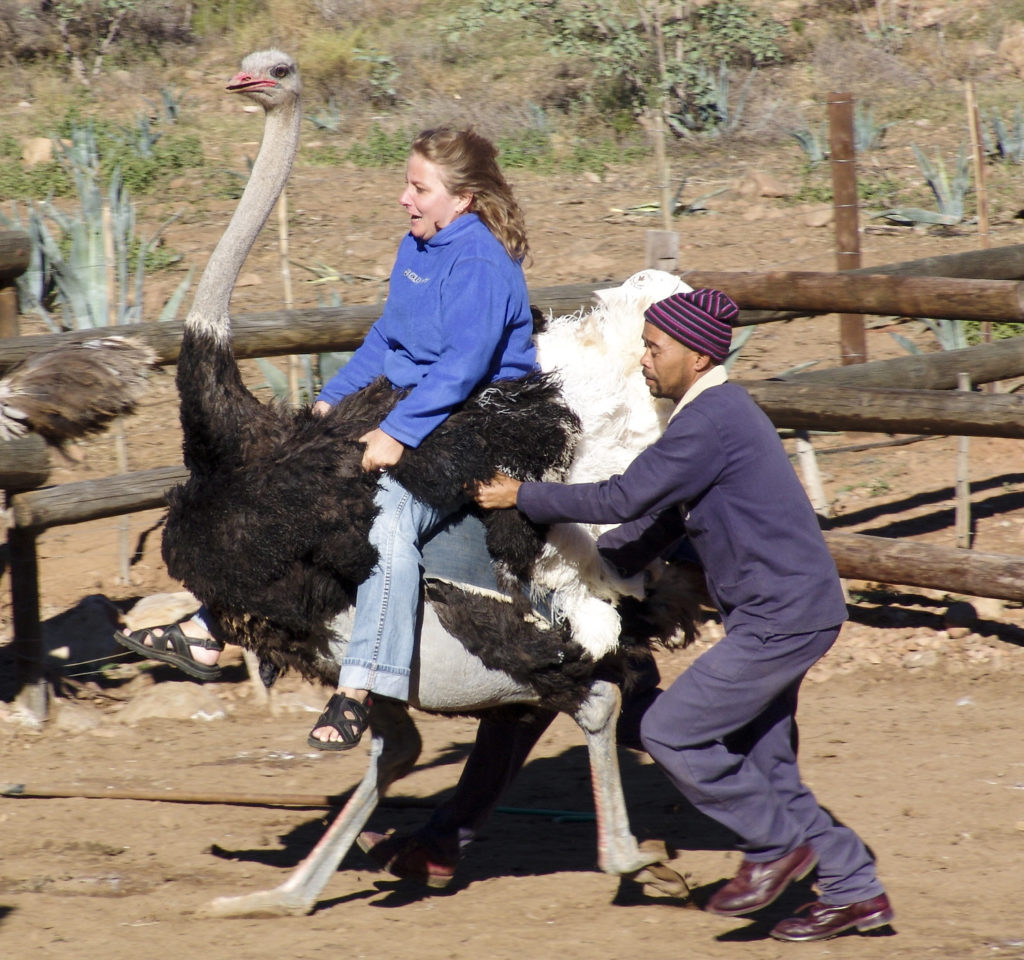Interactions with all infant wildlife, walking with predators or elephants, interacting with predators and the riding of wild animals are no longer acceptable practices, according to the South African Tourism Services Association (SATSA).
The association’s Animal Interactions Board Committee announced at an industry briefing on October 31st that facilities in South Africa offering any such activities will no longer be recommended to international operators or visitors.
The National Department of Tourism (NDT) has welcomed SATSA’s “commitment to protection of our wildlife and environmental resources,” says spokesperson Blessing Manale.
He says the guidelines support the existing National Standards for Responsible Tourism in “encouraging visitor behavior that respects South Africa’s natural heritage and discouraging exploitative wildlife industries.”

The National Council of Societies for the Prevention of Cruelty to Animals (NSPCA) has also welcomed the move. “SATSA took the time to gather opinions from stakeholders countrywide and made a stand that we approve of,” says spokesperson Megan Wilson.
The new guidelines are presented as a practical and interactive tool to evaluate and select ethical animal interactions, including a “decision tree” assessing such operations.
According to inbound tourism operator Private Safaris, SATSA’s ethical framework is a beacon for the industry.
“It has long pained us that there has been no clarity about what constitutes an ethical captive wildlife encounter in South Africa,” says CEO Monika Iuel.
“It is now incumbent on the industry – tour operators, any other booking channels, marketing organizations and media – to ensure that we educate local and international travelers and actively engage our business partners in order to work towards reducing and eventually stopping demand for unethical animal experiences.”
The SATSA research briefing, aimed at “helping operators, product owners, tourists and everyday South Africans make good choices,” was attended by many operators within the industry.
One such wildlife facility is the Zululand Cat Conservation project in KwaZulu-Natal, previously known as the Emdoneni Cheetah Project. Owners Louis and Cecillie Nel reevaluated their approach to tourism two years ago. Working closely with SATSA, the Nels say they “decided to change the entire system to end all interactions. Visitor numbers dropped immensely, but we made the stance and pushed forward.”
“We did our best. But now that we know better, we need to do better,” they say. They hope their example, along with the new SATSA guidelines, will prompt more businesses to do the same.

Other facilities haven’t been as susceptible to change. Joburg Lion Park general manager Andre La Cock says they “are deeply disappointed with the outcome of the SATSA guide,” which will “definitely have a negative impact on our business.”
The Joburg Lion Park is currently a member of SATSA and will have to adhere to the new policies once they are implemented, or risk losing endorsement from the association.
The facility hosts activities like cub petting and walking with cheetah and lion, which “cannot be altered or ‘tailored’ to adhere to the SATSA guidelines because they have been categorized as outright unacceptable,” La Cock says. “These activities are the core of our business and make up more than 30% of our turnover – without which our business would not survive.”
Facilities falling outside SATSA’s new criteria “will no doubt fight tooth and nail to keep the status quo,” says sustainable tourism consultant Dr. Louise de Waal. “However, the wider industry has been begging for guidance on which captive wildlife interaction activities are acceptable.”
“It’s not natural for humans to interact with wild animals,” says Shadow Tourism Minister Manny De Freitas. “In South Africa we need to foster a ethical and natural approach to wildlife tourism. We should educate tourists, explaining why certain activities are no longer acceptable.”
SATSA hopes to implement the guidelines with full effect by the end of July 2020, after its annual general meeting. “We hope to outline what the specific criteria for members who provide animal interactions will be at this meeting,” says SATSA CEO David Frost.

The radical new guidelines contain strict disqualifying criteria for the following:
- Performing animals (all types of animals, including elephants, predators, primates, birds etc.)
- Tactile interactions with all infant wild animals
- Any interaction with land predators or aquatic mammals
- Walking with predators or elephants
- Riding of animals (including elephants, ostriches etc.)
Additionally, the guidelines warn operators and tourists against facilities that may be involved in any illegal trade, trading in body parts, canned hunting, breeding, misleading advertising and any lack of transparency.
“Primarily, the research outlines a ‘home-grown’ approach to a complex problem, one which draws a line in the sand, moving the South African tourism industry forward in terms of responsible and sustainable practices,” Frost says.
Featured image: a tourist poses with a captive lion cub. Image credit wagga_caro, CC BY-SA 2.0.





